
This web page contains lightning facts for kids and is the best resource for anyone of any age researching lightning. Our goal is to provide you with the latest and most accurate lightning facts from scientific sources. In addition to lightning facts, you’ll find some amazing lightning pictures and additional resources for researching lightning.
The lightning facts listed below will help you learn about what lightning is, what causes lightning, the different types of lightning, lightning records and other facts about lightning. We hope these facts about lightning are helpful and help you learn more about this electrifying meteorological event.
If any of the below lightning facts are inaccurate, please contact us and let us know.
18 Lightning Facts for Kids
- Lightning is a powerful and sudden burst of electrostatic discharge (electricity).
- It’s estimated that there are over three million lightning flashes everyday worldwide.
- Intracloud (IC) lightning occurs within one cloud.
- Cloud to cloud (CC) lightning occurs between two or more clouds.
- Cloud to ground lightning (CG) occurs between a cloud and the Earth’s surface.
- A lightning bolt usually originates from a cumulonimbus cloud.
- Lightning can heat the immediate air around it up to 50,000 °F (27,760 °C). That’s five times hotter than the surface of the Sun.
- Lightning travels at about 220,000,000 mph (321,868,800 km/h).
- A byproduct of a lightning is the sound of thunder.
- In the United States, if you live to be 80 years old, you have a 1 in 15,300 chance that you’ll be struck by lightning.
- On average, 240,000 humans are injured by a lightning strike every year.
- In the United States, 1.5 out of 10 people struck by a lightning bolt will die.
- It’s estimated there are 2,000 to 6,000 human fatalities that occur each year as a result of a lightning strike.
- A lightning rod is used to protect a building or structure from a lightning strike.
- Benjamin Franklin’s kite experiment used lightning to prove electricity was a natural phenomenon.
- Fulgurite is formed when lightning strikes sand or sandy soil.
- Fulminology is the study of lightning, someone who studies lightning is called a fulminologist.
- Astraphobia is the fear of thunder and lightning.
Lightning Pictures
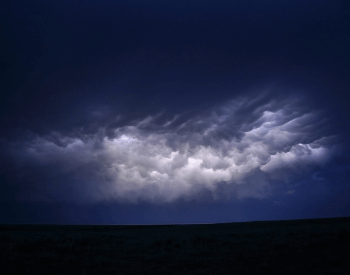
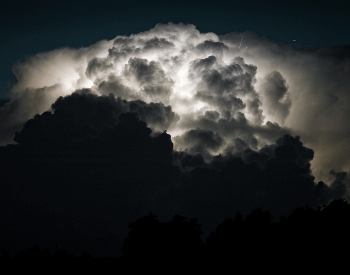
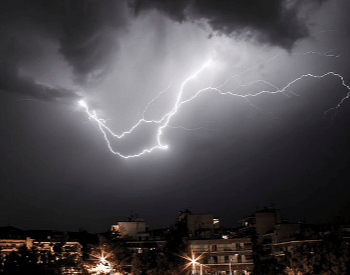
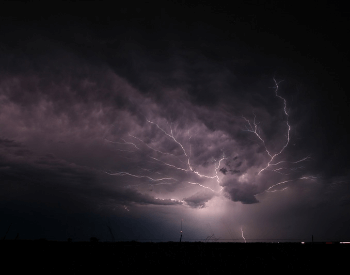
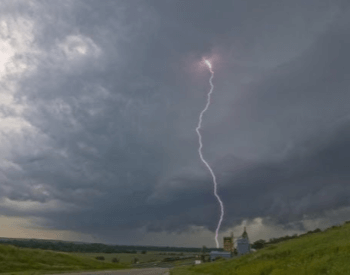
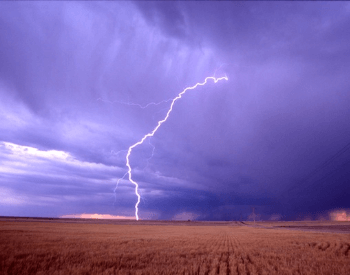
Additional Resources for Lightning Research
- Severe Weather 101: Lightning and Thunder – Basic lightning facts for kids from the National Severe Storms Laboratory.
- Thunder and Lightning – Information on thunder and lightning from UCAR, Center for Science Education.
- Lightning Safety Tips – Lightning safety tips and resources from the National Weather Service.
- Lightning Viewer – A map of recent lightning strikes in the United States provided by the NIFC.
